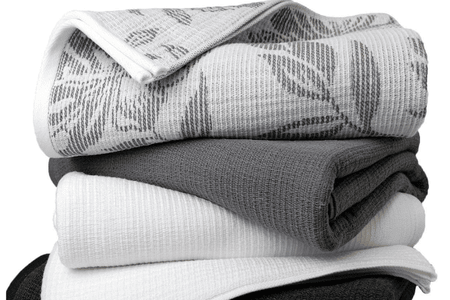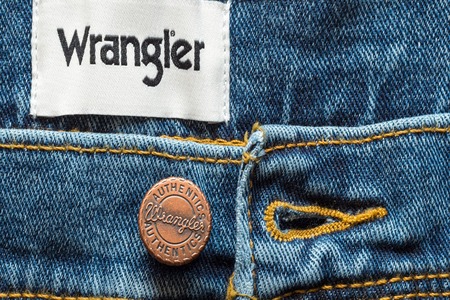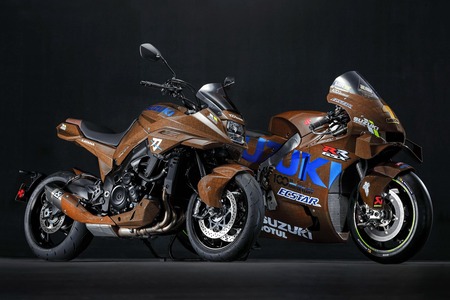
Pakistani lawn most sought summer wear in apparel market
YarnsandFibers News Bureau 2017-03-20 12:05:00 – KarachiLawn remains the most sought summer-wear and also a major source of top-line earnings for textile brands operating in the domestic market. With summer just around the corner, a long and crazy lawn war is about to ensue with top brands scrambling to boost their share through an aggressive and expensive media campaign in an estimated Rs50bn lawn market.
Major players spend significantly large sums of money on publicity campaigns to stay on top of the cutthroat competition. Others smaller brands will count more on their low prices, and some on their ‘stolen designs’, to maintain their presence in the highly competitive market.
Pakistan’s domestic fashion and apparel market has experienced a rapid growth, driven by a rise in household incomes and growth in young population. Falling textile exports because of the high cost of doing business has also compelled several major textile manufacturers to launch their own fabric and apparel brands in the local market.
Fashion designers and factory owners are collaborating with each other to produce designer lawns. In most cases, the brands hire top fashion designers to design their range of lawn.
In other cases, designers get their stocks produced by mills and sell in the market under their own brands. In certain cases, both the mill owners and designers partner to share profits.
Kashif Ashfaque, chief executive of the ChenOne stores said that it’s a tough market with almost 100 designer lawn brands competing with one another as well as with more than 200 smaller players and cheaper replicas to grab a share in it. Need to have deep pockets to establish their brand in such a competitive and price-conscious market.
The competition is becoming more intense each year. But the demand for lawn is also increasing rapidly because of protracted hot weather, he said, adding more than two-thirds of the lawn market comprised sales of unstitched suits.
The credit for introducing lawn goes to Gul Ahmed in the 1960s before others caught up. No doubt lawn has always remained the most sought-after summer textile for women — housewives or working women — young and old both.
Since its launch more than half a century back, the market size has multiplied rapidly during the last decade and a half or so on the rising disposable income of middle-class households, said Kashif who launched his own premium lawn brand ‘Pareesa’ just a few years back.
A growing middle class, rapid urbanisation, a rising number of young women in the job market and rapid expansion of the informal economy over the years have significantly pushed consumer spending in the country, boosting the lawn market size.
The price of different lawn brands varies widely from several thousand rupees to just a few hundred rupees a suit, depending on the exclusivity of the designs and quality of fabric used.
The wide price range helps the industry meet clientele demand from low to high income groups in the domestic market, said Ilyas Mahmood, a major Faisalabad-based textile exporter who also deals in wholesale supply of Classic lawn in the local market.
A major concern of the industry is weak implementation of copyrights. This is because of the huge gap in the prices of designer lawns and cheaper brands.
Cheaper imitations sell more because if a designer lawn suit is available for Rs8,000, it’s copy is available in the market for just Rs1,200-Rs1,500. While designer brands cater to the taste of the high end market, their imitations meet the needs of the low to middle income groups, Ilyas said, admitting Faisalabad was the main supplier of imitations in the market.
However, the industry appears to have found a solution to this ‘design theft’ by releasing several editions of their lawn brands after regular intervals with each brand launching 50 or more designs each year. This practice has to some extent helped them reduce losses due to copyright violations, according to some manufacturers.
Kashif pointed out that the intense competition among major players and with imitators has resulted in decrease in prices and improvement in designs and quality. Still, he agreed,“everyone in the lawn business is making money because of its popularity.
Lawn is not only in huge demand in the domestic market. Several brands like Khaadi, Nishat, Bareeze etc and designers have already opened their outlets in the Middle East, the UK and the US to cater to the demand of affluent Pakistanis and other south Asians, particularly Indians, living there.
But the overseas sales of lawn contribute just a small portion to the textile firms’ revenues owing to their limited access to prospective customers.
Lawn fabric can be developed as a major export product on the back of strong domestic consumption. Potential markets include the Gulf countries due to the large number of Pakistanis living there, India, Sri Lanka, Bangladesh, Malaysia, etc. By exporting this popular product, textile manufacturers can also grow markets for their other products.
Lawn is a specialized Pakistani product and is not produced anywhere else. If China is recognized for its silk, Pakistan is known in the world for its print-based lawns. It has a lot of export potential in the Indian market. But they have not been able to enter India because of non-tariff barriers against them.
Market Intelligence
Ask for free sample Report

experience
Customer Base
dedicated team
Countries Served Worldwide









